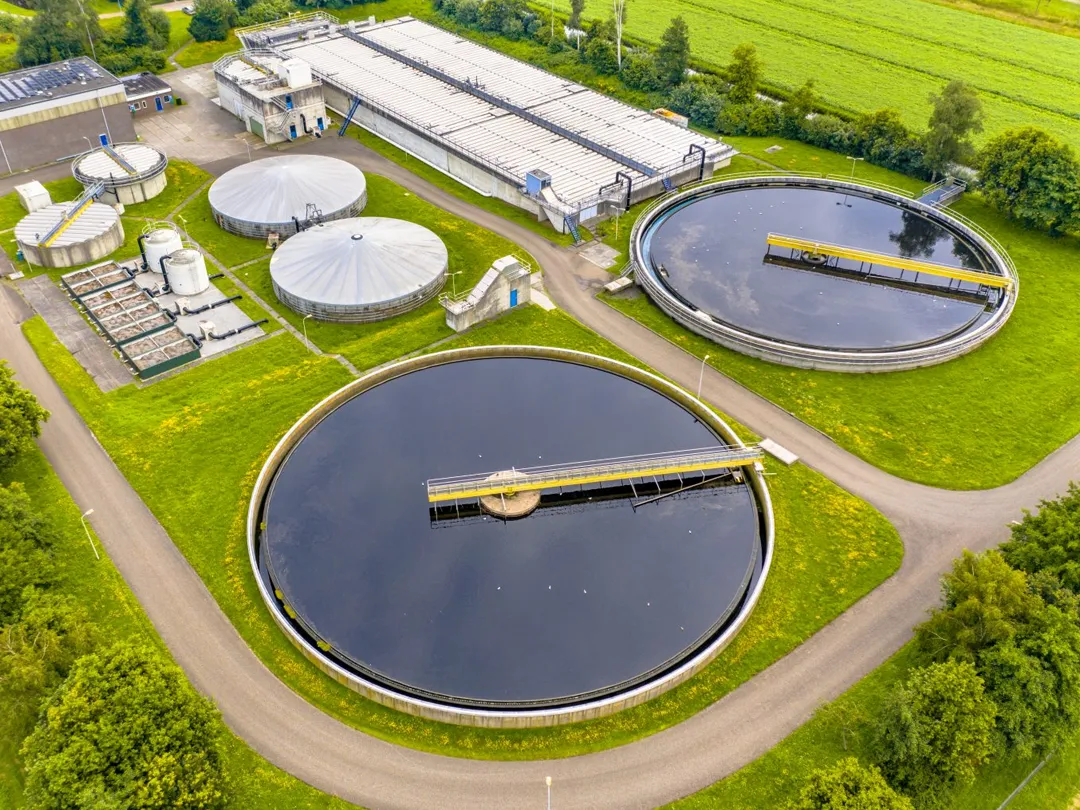Sewage treatment plants are crucial facilities designed to manage and treat wastewater from residential, commercial, and industrial sources to prevent environmental pollution and ensure public health. These plants employ a series of physical, chemical, and biological processes to remove contaminants, organic matter, and harmful micro-organisms from sewage before discharging treated water into natural water bodies or reusing it for various purposes.
The primary stages of sewage treatment include preliminary, primary, secondary, and tertiary treatments.
During the preliminary stage, large debris and sand are screened and removed. In the primary stage, suspended solids settle out in sedimentation tanks, forming sludge, which is later processed separately. The secondary stage involves biological treatment, where microorganisms break down organic matter in aeration tanks. Techniques such as activated sludge processes, trickling filters, and oxidation ponds are commonly used.
The tertiary stage involves advanced treatment methods to remove any remaining nutrients, pathogens, or contaminants, ensuring the effluent meets stringent quality standards. Techniques used in this stage include filtration, chemical precipitation, disinfection, and nutrient removal processes.
One of the main aims of wastewater treatment plants is to reduce the biological oxygen demand (BOD) and chemical oxygen demand (COD) of the wastewater, which are indicators of organic pollutants. Effective sewage treatment significantly lowers these parameters, thereby minimizing the potential environmental impact on rivers, lakes, and oceans.
The treated water can then be safely discharged, often meeting regulatory standards for environmental protection or reused for purposes such as irrigation, industrial processes, or even potable water supply in some advanced systems.
Sludge management is a critical component of sewage treatment plants. The sludge generated during the primary and secondary stages undergoes further treatment through processes such as anaerobic digestion and composting. Anaerobic digestion not only stabilizes the sludge but also produces biogas, a valuable source of renewable energy. Proper sludge management ensures the safe disposal or beneficial reuse of biosolids, often as fertilizers in agriculture.
